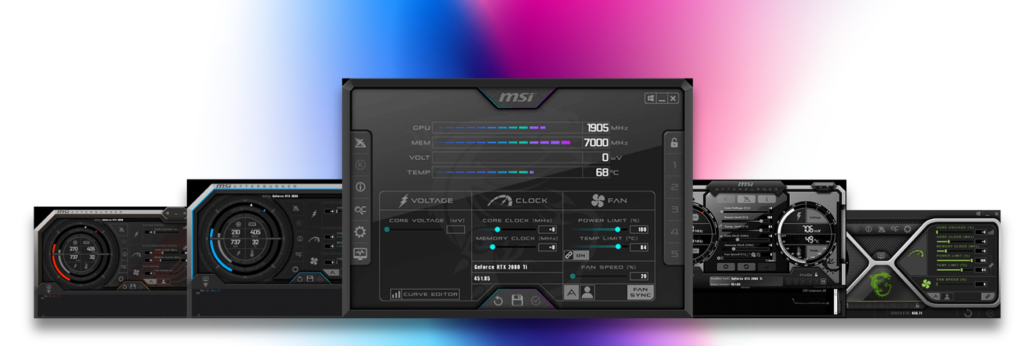Your computer’s graphics processing unit (GPU) is its powerhouse for visually demanding tasks. Whether you’re playing the latest AAA game, editing high-resolution videos, or mining cryptocurrency, your GPU is often pushed to its limits. One question that commonly arises is, “is it normal to have 100% GPU usage?” In this post, we’ll delve into this topic, exploring when 100% GPU usage is normal, when it might be a concern, and what you can do if you notice consistent high usage.
What Does GPU Usage Mean?
Before we dive into the normality of 100% GPU usage, let’s understand what this metric means. GPU usage refers to the percentage of the graphics card’s processing power being utilized at a given time. If your GPU is running at 100% usage, it means that it’s working at its maximum capacity to render graphics or perform other computationally intensive tasks.
When is 100% GPU Usage Normal?
There are several situations where seeing 100% GPU usage is expected and even desirable:
- Gaming: Modern, graphically demanding games are designed to push your GPU to its limits. If you’re playing a game, and you experience 100% GPU usage, it’s a good sign that your graphics card is being fully utilized to deliver the best possible performance and visuals.
- Video Editing and Rendering: Video editing software often relies heavily on the GPU to handle effects, transitions, and the rendering process. It’s normal to see 100% GPU usage during these tasks.
- 3D Modeling and Design: Working with 3D models in CAD software or animation programs demands significant graphical processing power. 100% GPU usage is a common occurrence in these scenarios.
- Cryptocurrency Mining: Mining cryptocurrencies involves complex and computationally intensive calculations, which often put your GPU under maximum load.
In these instances, 100% GPU usage indicates you’re getting the most out of your hardware, leading to smoother gameplay, faster rendering times, and better overall performance.
When Could 100% GPU Usage Be a Concern?
While 100% GPU usage might be desirable in performance-critical tasks, there are situations where it could signal a potential issue:
- Background Processes: If you are not actively using your computer for demanding applications, yet still observe 100% GPU usage, it could be a sign that a background process is consuming an excessive amount of resources. Possible culprits include malware, cryptocurrency mining scripts, or software updates.
- Outdated Drivers: Out-of-date graphics drivers can sometimes lead to inefficiencies and cause higher-than-expected GPU usage.
- Overheating: If your GPU reaches excessively high temperatures, it might automatically throttle its performance, resulting in fluctuating GPU usage figures, including potential dips to 0%. Prolonged overheating can damage your graphics card, so it’s crucial to monitor temperatures.
- Bottlenecks: When your GPU is significantly more powerful than your CPU, it may end up waiting for the CPU to process data before it can continue working. This can result in 100% GPU usage.
How to Check and Troubleshoot GPU Usage

- Task Manager: Windows’ built-in Task Manager offers a quick glance at your GPU usage. Open the Task Manager (Ctrl + Shift + Esc), and navigate to the “Performance” tab.
- Third-party Software: Tools like MSI Afterburner, HWMonitor, or GPU-Z provide more detailed information about GPU usage, temperature, clock speeds, and other metrics.
If you find your GPU usage consistently high outside of intended scenarios, try these steps:
- Close Background Processes: Investigate and terminate unnecessary programs.
- Update Graphics Drivers: Ensure you have the latest drivers from your GPU manufacturer.
- Improve Airflow and Cooling: Ensure proper airflow in your PC case and clean dust buildup.
- Check for Malware: Run regular scans for viruses or malware.
Conclusion
So, is it normal to have 100% GPU usage? The answer is, it depends. 100% GPU usage is commonly a sign that your hardware is working hard and being used to its full potential. However, if you experience consistently high GPU usage even when not engaged in demanding tasks, it’s worth investigating further.
Read also: